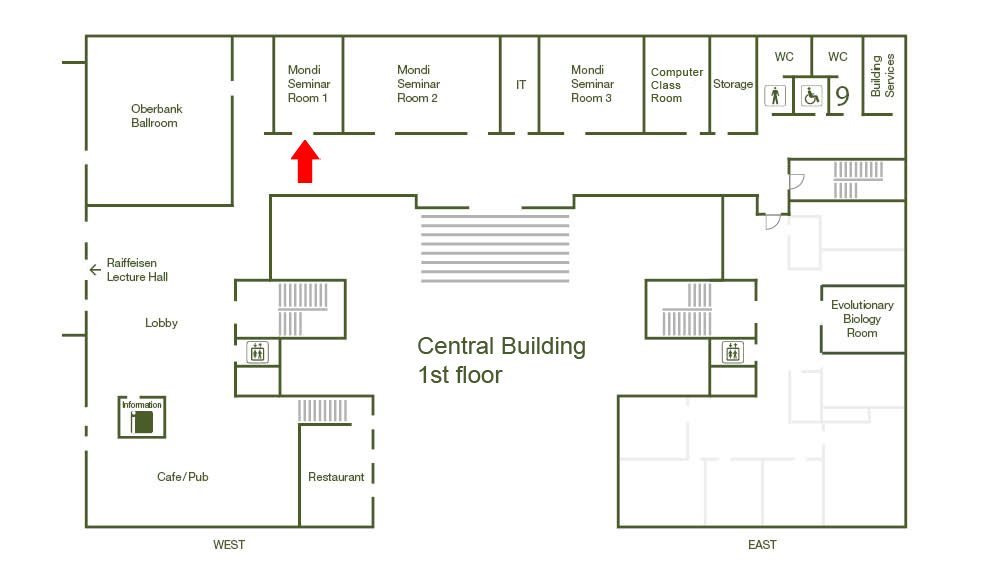Multiscale Simulation of Biomembranes: bridging the gap between simple models and complex reality

Biomembranes are integral part of the cell architecture. They are a two-dimensional fluid, composed of myriad proteins and lipid species, which provide identity to the cell and to many internal organelles. An intriguing aspect of membranes is their ability to assume a variety of shapes, which is crucial for many cellular processes such as food update, waste disposal, energy generation and cell division. Uncovering the mechanisms that control biomembrane shapes are essential for understanding their function in cells, diseases and for many biotechnological purposes such as the rational design of drug delivery vehicles and vaccine development.
In this talk, I will present our recent progress in developing multiscale computational frameworks to investigate the spatial organization of biomembranes. I will illustrate how these simulations uncover intricate molecular details and generate testable predictions that can complement experimental results. Next, I will highlight our latest findings, including the emergence of non-intuitive mechanical behaviors in membranes with high topological genus, and the behaviours of active membranes (membranes containing enzymatic active proteins). Finally, I will discuss how close we are to simulating realistic cellular membranes and sketch a possible way ahead.